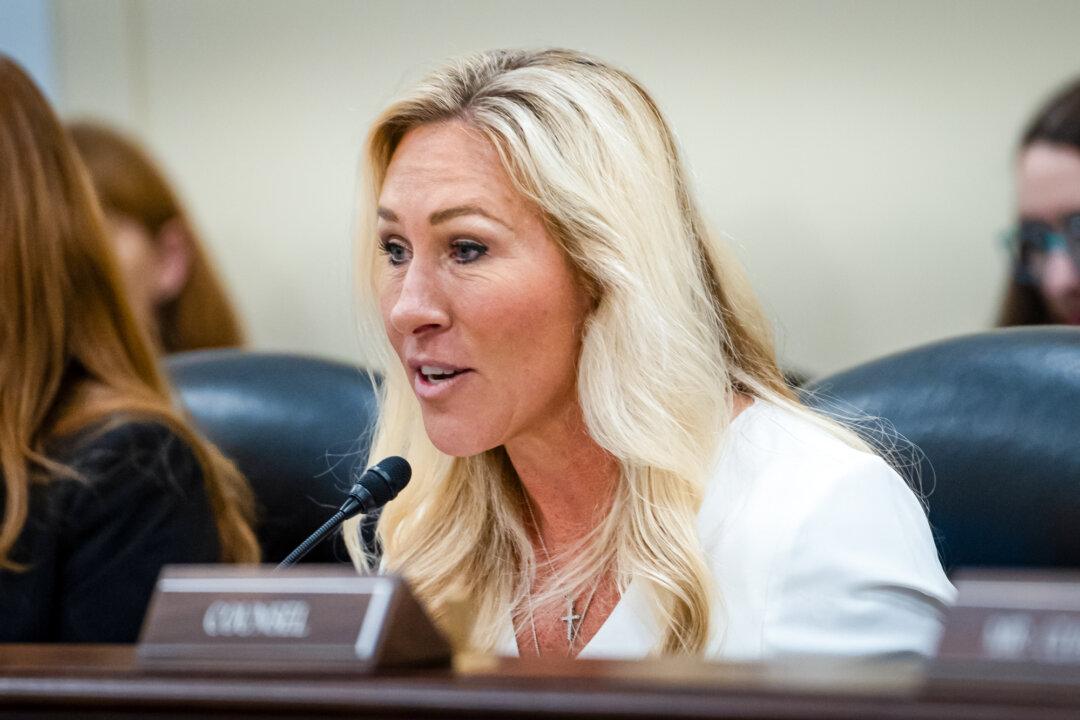Bank of America announced on Tuesday that it has raised its minimum wage in the United States to $24 per hour.
The raise will apply to both full-time and part-time workers in the United States, the bank said in a statement. This is an increase from the bank’s hourly pay of $23, which it had set in September last year.





